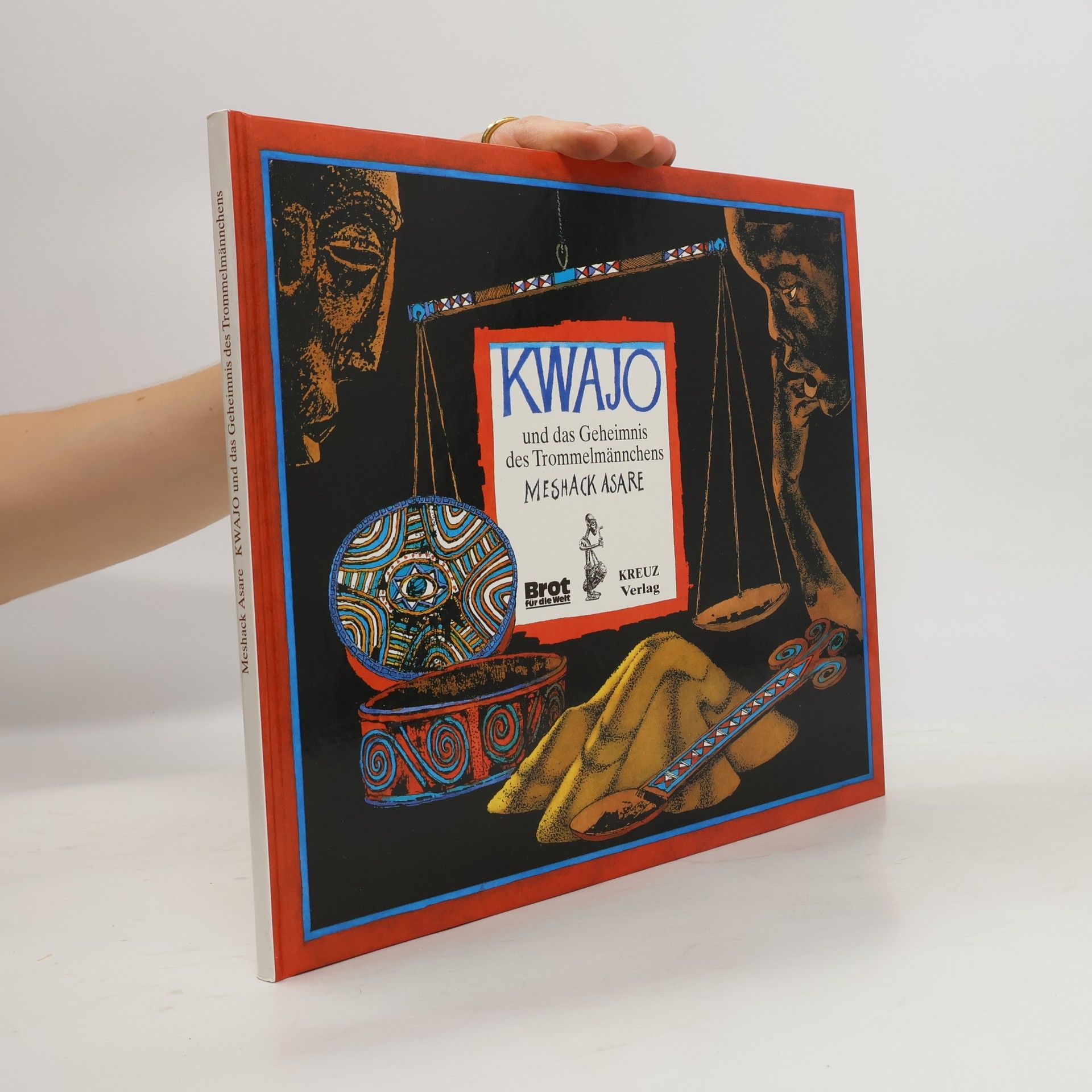Kwajo and the Brassman's Secret
A tale of old Ashanti wisdom and gold
In a magical transformation, Kwajo is drawn into a vibrant realm filled with proverbs and riddles after his father crafts a brass drummer. This enchanting land, where figures symbolize wealth and its inhabitants thrive in a powerful kingdom, presents Kwajo with the allure of riches. However, he faces the challenge of deciphering intricate riddles and symbols. Despite stumbling at the final trial, Kwajo emerges with valuable insights about wealth and wisdom, highlighting the importance of understanding beyond material desires.





